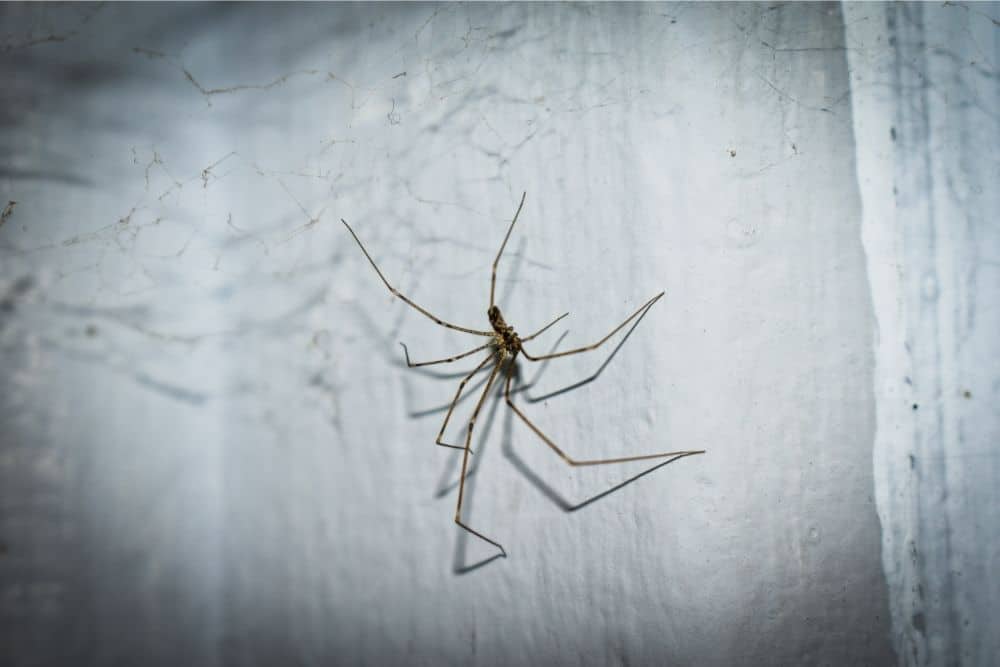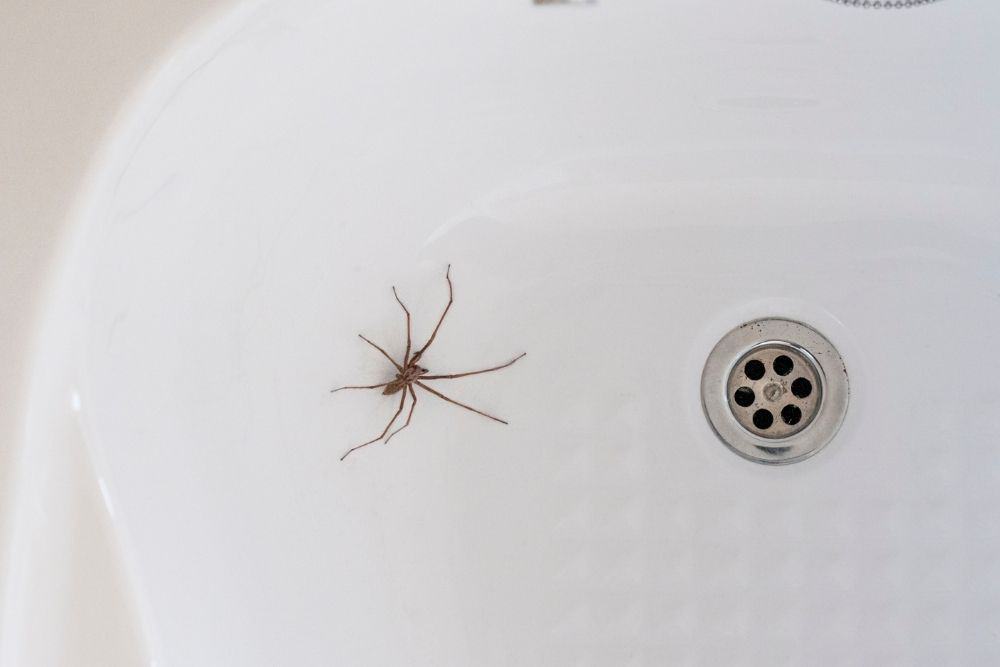For those with a phobia of spiders, there’s nothing worse than seeing the dark shadow of one in the corner of your living room at home.
While the vast majority of house spiders aren’t dangerous, they’re still a source of extreme fear for many people.

This guide will take an in-depth look at how to deal with spiders in your home, including some of the most effective ways to kill a spider, how to differentiate between harmless and venomous types of the creature, and the best methods of preventing spider infestation in your home.
Killing A Spider
While it certainly isn’t always necessary to kill a spider in your home, especially if they’re not venomous or dangerous, there are a number of effective ways to kill them.
We’ll now take a closer look at three of the most popular methods.
1). Use A Vacuum
If you have a strong vacuum in your home, this is an excellent and efficient way to kill spiders and remove their cobwebs. It’s also a good method for getting rid of potential egg sacs the spider may have left behind.
Vacuums with a hose attachment are ideal for this method and particularly for those petrified of the creature, as they allow you to kill spiders without ever having to engage in any type of close contact.
Once you’ve successfully vacuumed the spider up, dispose of the vacuum bag, sealing it in an airtight garbage bag.
2). Squish With An Object Or Tissue
This old-school method is easy and effective. The most common objects to use are usually either a shoe or a rolled up newspaper, although anything that’s reasonably solid is a good option.
If the spider you’re trying to squish isn’t out in the open, but instead hidden in its web, you can use a stick or broom to encourage it out into the open ready to be squished.
This manual method may not be the most elegant, but it’s a sure-way of killing any unwanted spiders.
The only negative to this method is the fact that you’ll need to get pretty close to the spider in order to kill it. Also, it may leave a mess behind. So, if you have a severe phobia, this may be quite a daunting challenge.
3). Apply Insect Spray
If you want to kill spiders more passively, insecticide is as good an option as any.
It’s available in either liquid spot or dry dusting varieties, and can be laid out around your home when you spot any webs during the day.
After you’ve successfully killed the spider, it’s also useful to treat the infested areas with insecticide since spiders often tend to choose the same spots to colonize. This way, you’ll be able to cut them off at the source.
Looking Out For Dangerous Spiders
In order to know which spiders are harmless and which ones are dangerous, it’s important to know how to differentiate between the two.
Venomous spiders can easily be distinguished from common house spiders if you know what you’re looking for, so explained below are a few descriptions of the most common dangerous spiders.
The Brown Recluse – this spider is a small sandy-brown one that also has a violin-shaped body. They’re typically found in the South and Midwest and like to reside in cramped, out-of-the-way areas of a home.
Black Widow – perhaps the most well-known dangerous spider, the black widow spider is found on every continent around the world, barring Antarctica.
Female black widows exhibit shiny black coloring and have a unique red pattern on their underside, while males are usually half the size and have a pattern of white whitish dots on their upper abdomen.
Redback Spider – this is a common and dangerous spider that’s found in Australia and often resides in people’s homes. Similar United States spiders to look out for include the Wolf spider and the Hobo spider.

How To Prevent Spiders
There are a number of things you can do in your home to significantly reduce the risk of seeing a spider. Listed below are three of the most effective considerations to keep in mind.
Check windows and doors for gaps – needless to say, one of the easiest ways for a spider to come into your home is to sneak through gaps in your doors and windows.
Therefore, it’s a good idea to block any gaps with weather stripping to ensure your home is secure and isn’t easy access for any unwanted pests.
Clean regularly – keeping your home clean and tidy is perhaps the most effective method to prevent infestation since spiders love dark and undisturbed areas to construct their webs.
Try to sweep and mop through your home on a regular basis, as well as vacuum any small gaps.
Furthermore, it’s also a good idea to wash your windows from the outside to prevent spiders and other critters from congregating.
If you have a room in your home such as the basement or the attic where you store loads of junk and boxes, make sure you move things around and vacuum every now and again to avoid an ideal habitat for spiders.
This is why it’s a good idea to remove any unnecessary clutter from your homes.
Use a natural deterrent – it’s relatively straightforward to make a natural spider repellent and they’re great for ensuring your home stays spider-free.
This method is also great for those with a severe phobia as you won’t have to worry about getting close to them and killing them.
To make a natural deterrent, add three or four drops of an essential oil like peppermint, tea tree or lemon to some water and clean your home with it. For outdoor spaces like pergolas, check out this article here.
This concoction is normally harmless to people and most pets, but it provides an undesirable scent for spiders and a range of insects. Spreading horse chestnuts and planting eucalyptus are equally effective spider repellents.
